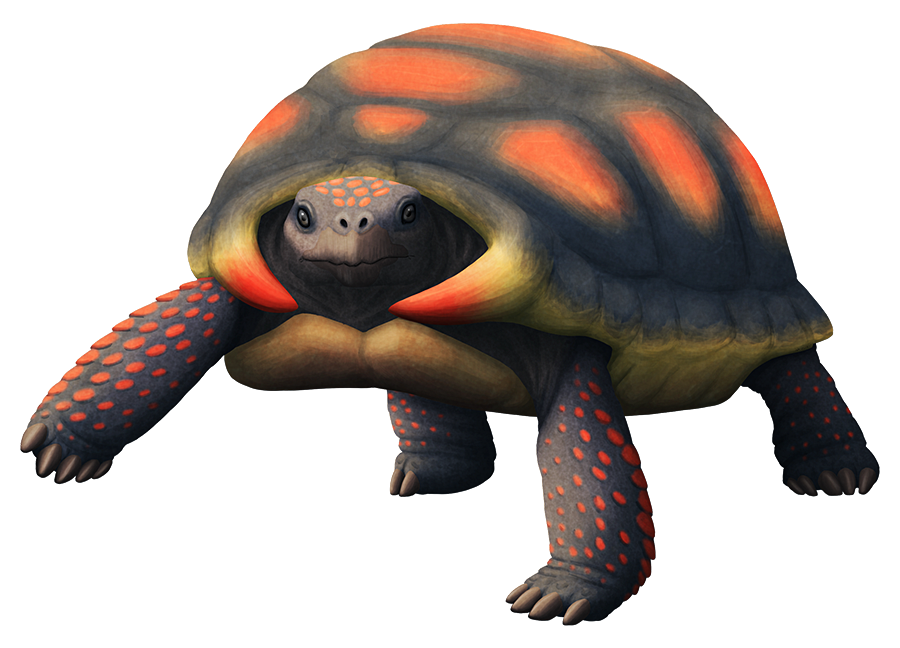Anomalochelys angulata, a terrestrial turtle from the mid-Cretaceous of Hokkaido, Japan (~100-94 mya).
Measuring around 60cm long (2′), it had a pair of large forward-facing horn-like spikes at the front of its shell – the function of which isn’t clear, but they may have been useful for defense if it was incapable of fully retracting its head into its shell.
It was part of a family of turtles from Asia and North America known as nanhsiungchelyids, a group that adapted to live fully on land and ended up convergently closely resembling modern tortoises. Other members of this group included the larger Nanhsiungchelys (which was also recently found to have possessed “horns” on its shell!) and the very flat Basilemys.
They were also a rare example of a turtle family that didn’t survive through the end-Cretaceous mass extinction, with no known remains from the Cenozoic.

